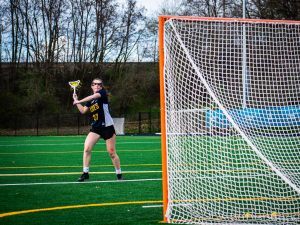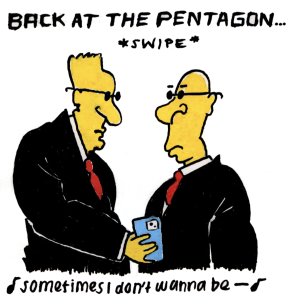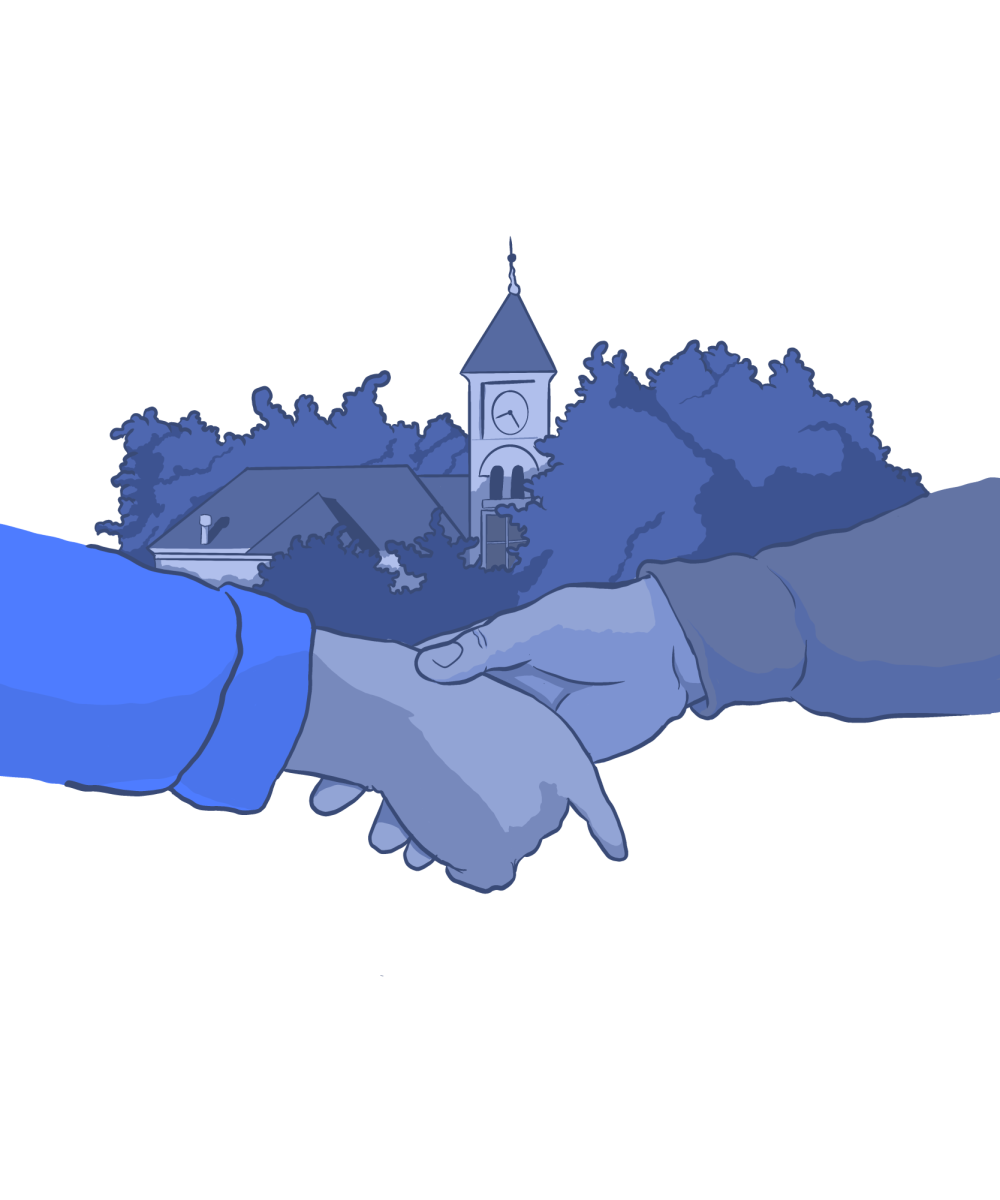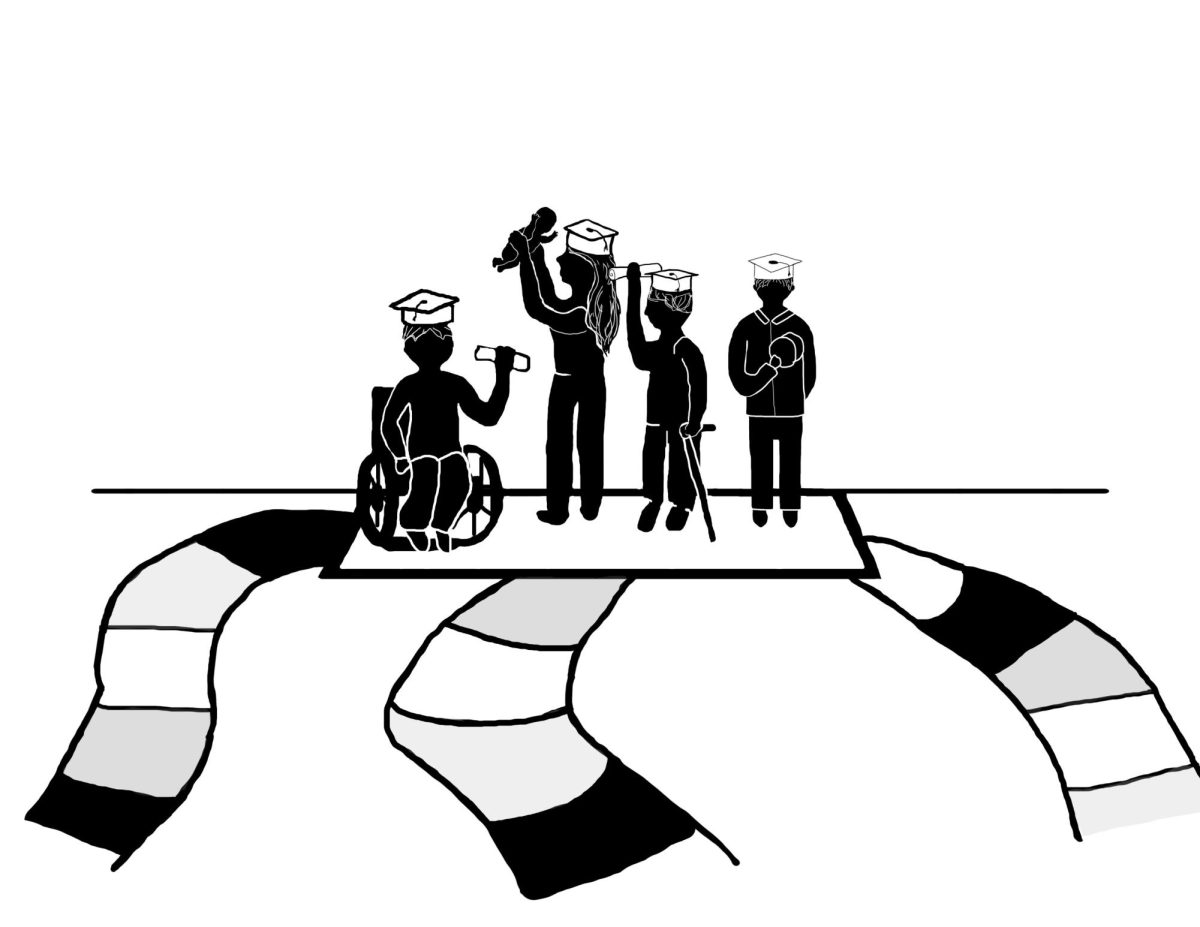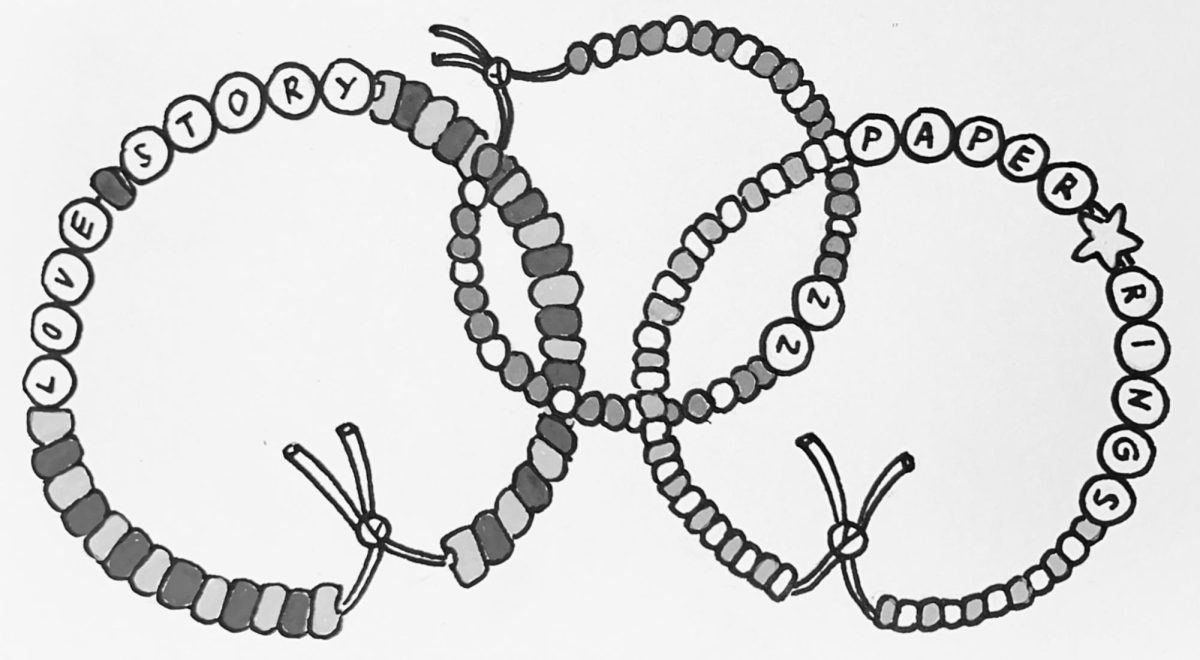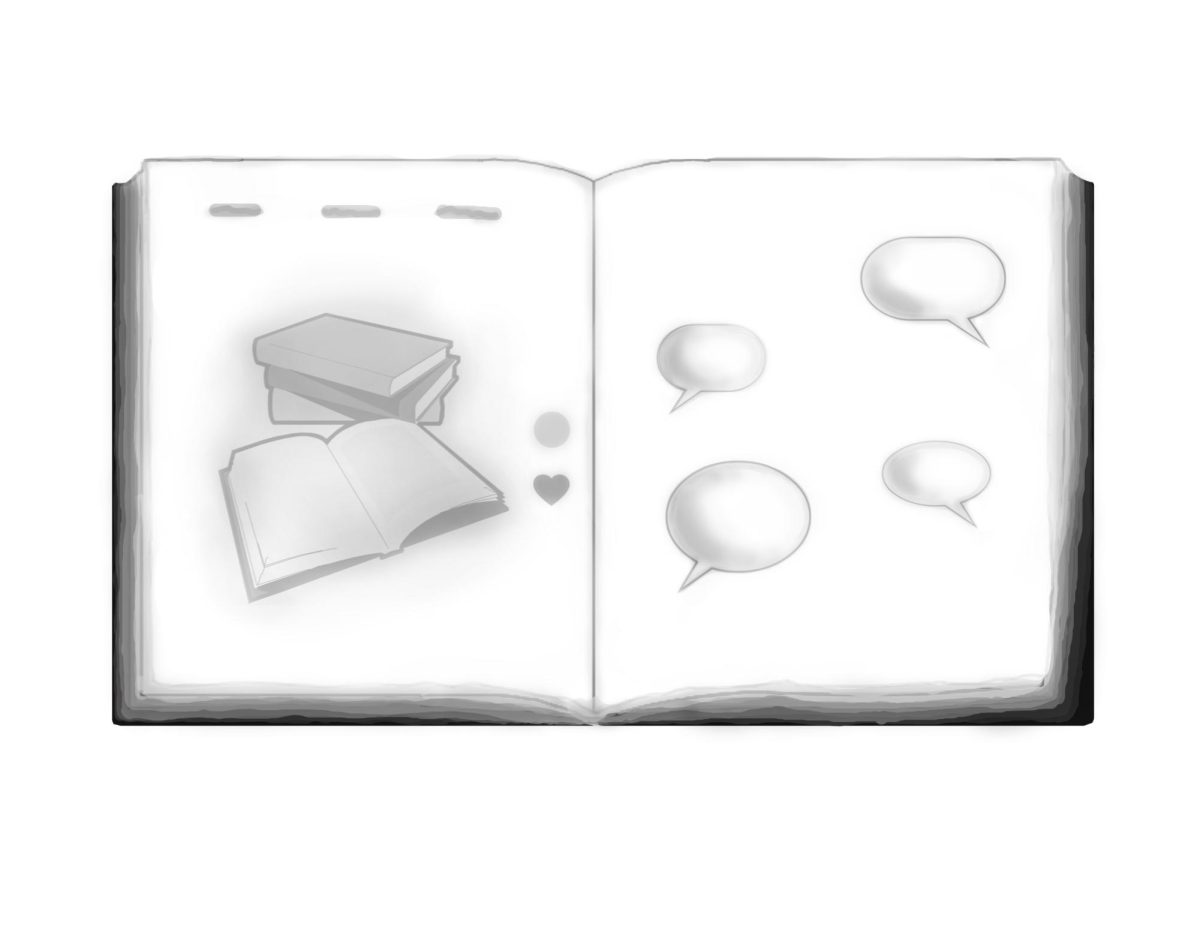As part of the Founder’s Day festivities, the Alumni Association posted questions about Whitman’s history on landmarks around campus. Check below for the answers and put your knowledge to the test.
1. Who was Cushing Eells?
Cushing Eells was the founder of Whitman College. He was born on Feb. 16, 1810 and died Feb. 16, 1893.
2. These four acres are special. Why?
These four acres were the first gift of property and the original site of the Whitman College campus.
3. Who was Penrose?
Stephen B.L. Penrose was president of Whitman College from 1894-1934.
4. Who was Harper Joy?
Harper Joy graduated from Whitman in 1922. A successful business man, he also performed as a clown. You can find a copy of his biography, “Harper Joy: Let the Show Begin,” by Doris Woodward, in the Whitman College bookstore.
5. Why is this green space called Ankeny Field?
In 1904, this field was named for U.S. Senator Levi Ankeny. The 1902 President’s Annual Report stated, “By the kindness of Mr. Ankeny funds have been given for the laying out of a fine athletic field on the grounds north of Billings Hall, and under the supervision of Professor Allen (Charles W.), a quarter mile track has been laid out, inside of which is ample room for a baseball field and a separate football field.”
6. Why is this pond called Lakum Duckum?
Each fall before World War II, a “rite of passage” took place at Lakum Duckum. First-year men were required to wear green dinks (beanies) until they challenged sophomore men to a tug of war over Lakum Duckum; if the first-years won they no longer had to wear green dinks. If they lost, they had to continue wearing the dinks until the homecoming football game. The “rite of passage” ended when men began returning from the war: combat vets weren’t about to wear green beanies.
7. Where were graduation ceremonies held from 1917-1982?
Graduation ceremonies were held in the Whitman College amphitheater. Once the crowds grew beyond capacity, ceremonies were moved to the lawn of Memorial Building.
8. During World War II, what military group was housed on campus and conducted calisthenics on Ankeny Field?
The Navy V-12 training program readied men for war; the college designed an accelerated program to allow for graduation in three years. Of Whitman’s 399 male students, 327 were enrolled, so that the war left student programs virtually absent of men. Most yearbook pictures from the period were filled with women.
9. Boyer House was formerly the home to what business?
Groseclose Funeral Home.
10. Can you name a famous Whitman College alumna/alumnus?
Batman (Adam West aka Bill Anderson ’51); “Face” (Dirk Benedict a.k.a. Dirk Niewoehner ’67) from the A-Team, best known for his portrayal of Lieutenant Starbuck on the television series Battlestar Galactica; Ryan Crocker ’71 (former U.S. Ambassador to Iraq); Walter H. Brattain ’24 (inventor of the transistor and recipient of a Nobel); William O. Douglas ’20 (Supreme Court Justice; deceased). Douglas Hall is named in his honor.
11. When were co-ed dormitories introduced to the Whitman campus?
In 1974, Jewett Hall, Anderson Hall, Lyman House and New Dorm (Douglas Hall) were all co-educational. While in 1964 Whitman required all students to live on campus, by 1974 students had to remain on campus for only two years.
12. What building was removed from this spot in 1972 to make way for Maxey Hall?
Billings Hall, which stood from 1899-1972. At one time or another the building served as a men’s dormitory, classrooms and the science building.
13. Who was D.K. Pearsons and why is he important to Whitman’s history?
Dr. Daniel K. Pearsons, a Chicago philanthropist, gave Whitman College $50,000 to build Memorial Hall in 1899 in order to honor Dr. Marcus Whitman. In 1909, Pearsons gave another $50,000 for the construction of the music conservatory; the building was restored and renovated into the Hunter Conservatory and Center for Communication Arts and Technology in 1997.
14. What building stood on this spot from 1902-1987?
Reynolds Hall. It was initially used as a women’s dormitory, but from 1934-1957 it was used as the library. The building was razed to make room for the west wing of Olin Hall.
15. When was Whitman’s debate program started?
First speech contest: 1897. First debate competition: 1898. To read more about the history of Whitman’s debate program see: http://www.whitman.edu/rhetoric/history/.
16. Where on the Whitman campus will you find the desk of Napoleon’s physician?
In the Stuart-Napoleon Room located on the ground level of Penrose Library.
17. What organization gave money to build the building erected in 1921?
The Whitman College Alumni Association raised money in commemoration of Stephen B.L. Penrose’s 25th year as president of Whitman College.
18. Where on campus can you find the first bell that hung in Memorial’s clock tower?
On the ground level of Penrose Library at the entrance to the Archives.





